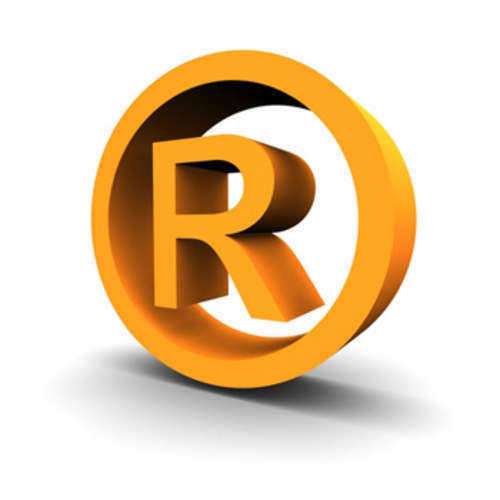
The process of patent registration in the United States, which is administered by the United States Patent and Trademark Office (USPTO), is provided for in the greater framework of American law by Title 35 of the United States Code, the collection of American federal statutes. Section 157 deals with the topic of statutory invention registration.
This process represents an alternative to patent registration allowed for and facilitated by the USPTO. In a statutory invention registration, the USPTO publishes an invention which had previously been the subject of a patent application for the benefit of the public. The publication is made with the permission and at the request of the would-be patent holder. The existence of the statutory invention registration is meant to provide some measure of authorial satisfaction to inventors in patent cases which go badly and to secure for the benefit of the public the use of an invention which might otherwise have fallen victim to the patent registration process.
Statutory invention registrations came into existence due to the recognition that inventors could not always secure patent registration for their technology or for ethical reasons might choose not to pursue a patent in the first place. Statutory invention registration is a means of placing the process or device which has been discovered in the public domain, to use a copyright term, and disavowing any rights to benefits from its usage proceeding from the privileges of authorship.
Such an option might be chosen by a potential patent holder who felt that his or her discovery should be freely enjoyed with charge. Alternately, it might be chosen as a modified assertion of patent rights, which are generally couched in the negative language of having the power to stop other people from using the patent without permission. While choosing statutory invention registration over patent registration does cut off the chance of enjoying the material benefits due to an author, it does allow for a kind of authorial right in barring anyone else from claiming the patent as his or her own.
The USPTO provides four requirements to be fulfilled before the statutory invention registration option can be chosen in lieu of patent registration. The first requirement is based on Section 112 of Article 35, which deals with the subject of “Specification.” According to this section, the inventor seeking the protection of a patent must provide clear and understandable language on the operation of the process or device, allowing the USPTO a fair chance at comparing it to other processes and determining that it is functional.
If statutory invention registration is selected in preference of patent registration, the specification is intended to give another individual possessing “ordinary skill in the art” the ability to freely use it, as is the purpose of the invention’s publication. The second requirement is that the inventor accede to the USPTO’s “printing requirements.” The third is that the inventor disavow rights to the invention being published within a set period. The fourth is the inventor’s payment of required fees.





















